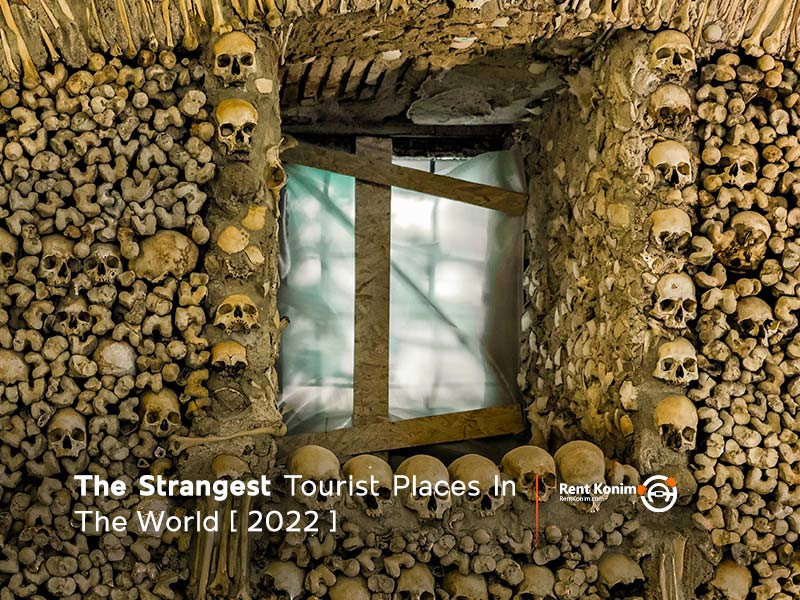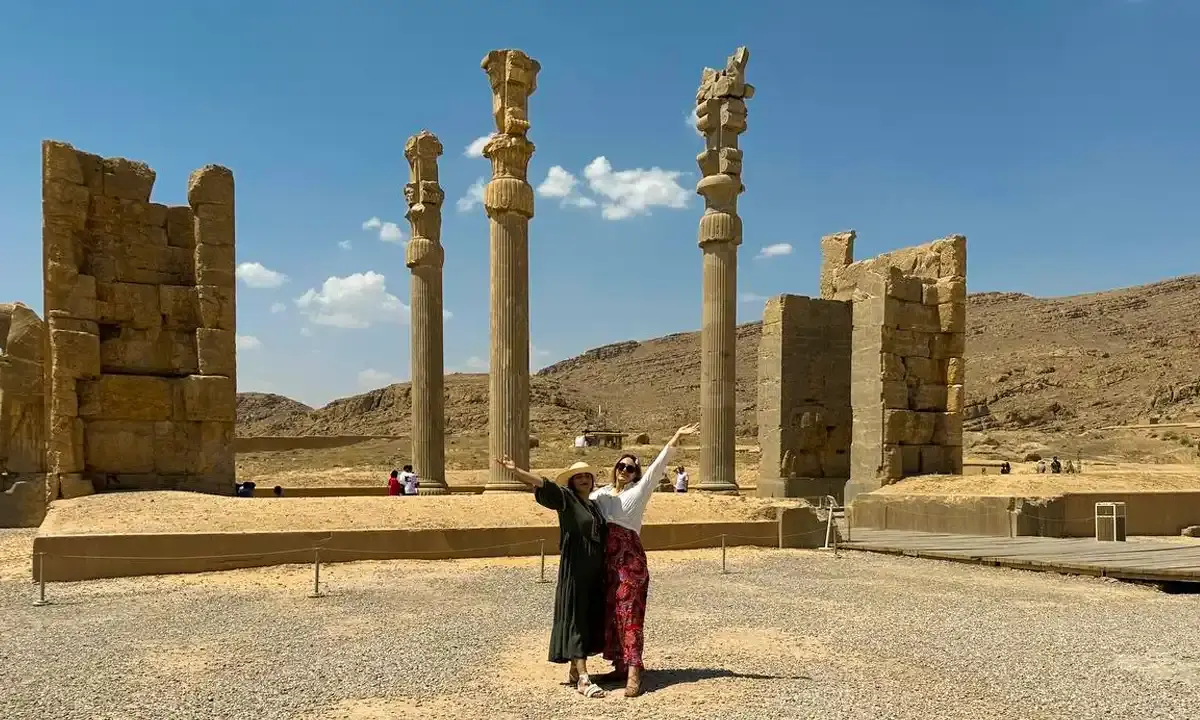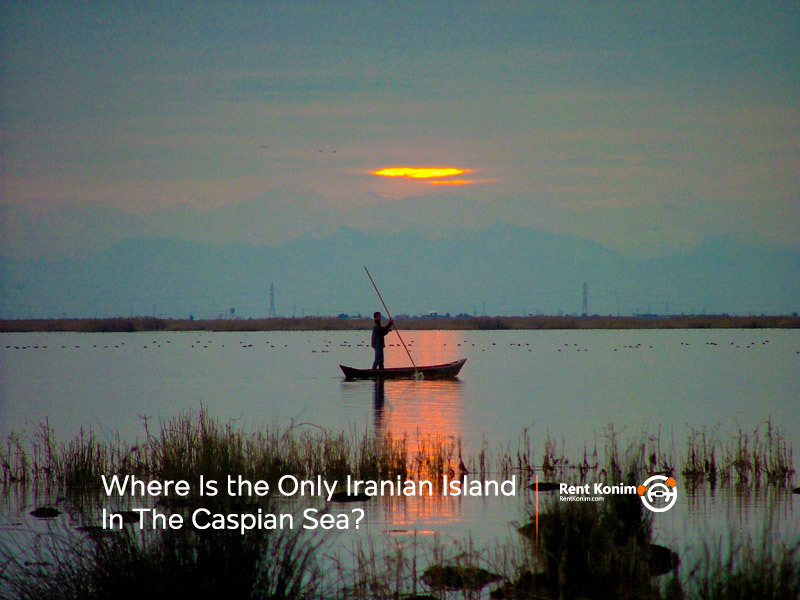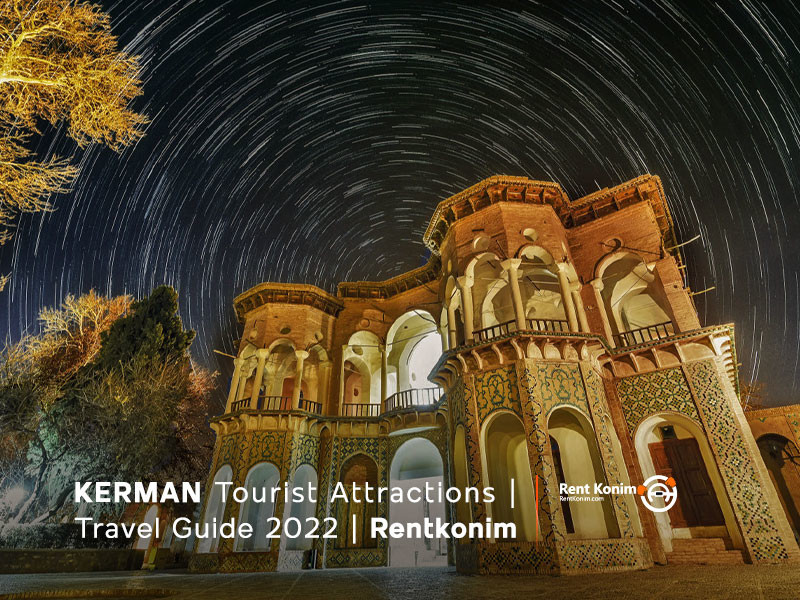Exploring the strangest tourist places in the world can be an exhilarating experience, offering a glimpse into the peculiar and the extraordinary. These destinations challenge conventional expectations, featuring surreal landscapes, bizarre traditions, and unique architectural marvels. From underwater museums that double as coral reefs to islands overrun with dolls or cats, these unusual spots attract those looking to veer off the traditional tourist path and delve into the oddities of our planet. Such journeys not only satisfy curiosity but also broaden one’s perspective, proving that the world is as strange as it is wide.
Sefidchah Cemetery, Iran
The Sefidchah Cemetery in Iran is a captivating and somewhat mysterious site located in the north of the country. This unique burial ground is renowned for its stone graves, which date back to ancient times. Unlike typical cemeteries, Sefidchah features graves made entirely of white stones, and the arrangement of these stones is thought to have astrological significance.
Local lore and archaeological studies suggest that this cemetery has been in use for several centuries, possibly dating back to pre-Islamic times. The white stones used in the cemetery are believed to symbolize purity and the journey of the soul, reflecting the deep spiritual and cultural significance of the site.
The cemetery is not only a burial place but also serves as a historical record, offering insights into the religious and cultural practices of the region over the ages. Visitors to Sefidchah Cemetery are often struck by its serene atmosphere and the stark beauty of its stone markers against the rugged landscape. It remains a site of intrigue and reverence, attracting those interested in Iran’s rich history and cultural heritage.
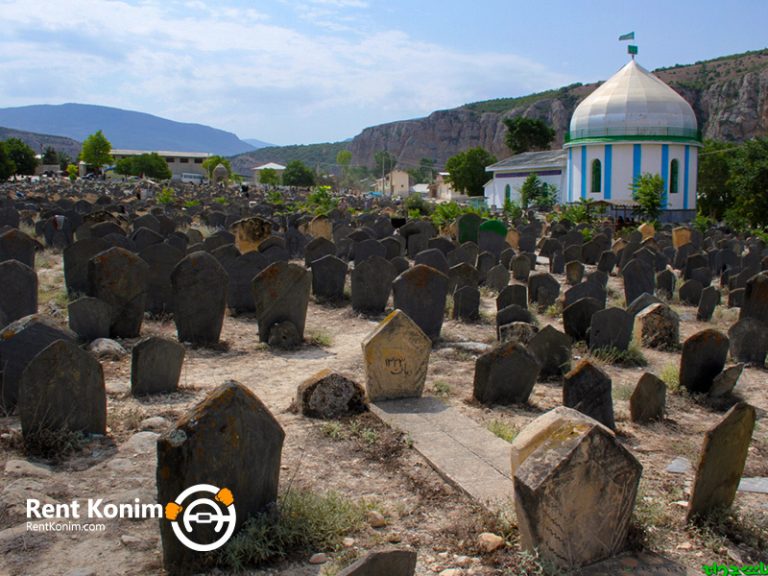
Jenny Castle, Iran
Jenny Castle, also known as Gonbad-e Jenni, is an enigmatic and ancient monument located in Iran’s Qazvin Province. This historic structure is nestled in the Alamut Valley, an area renowned for its striking natural beauty and rich history. The castle dates back to the Seljuk era, around the 11th to 12th centuries, and serves as a testament to the architectural ingenuity of the time.
Jenny Castle is thought to have been used primarily for military purposes, positioned strategically to oversee the region and protect important trade routes. The name “Jenny” (or “Jinn”) evokes local legends that the castle was inhabited by spirits or jinn, adding a layer of myth and mystery to its already intriguing presence.
The structure itself is largely ruinous but retains a haunting beauty with its iconic conical dome and remaining fortifications. Despite its dilapidated state, it continues to draw visitors and historians alike, eager to explore its secrets and the panoramic views it offers of the surrounding landscape. Jenny Castle is not just an architectural relic but a cultural beacon that echoes the storied past of the Alamut Valley and the larger narrative of Iran’s historical landscape.
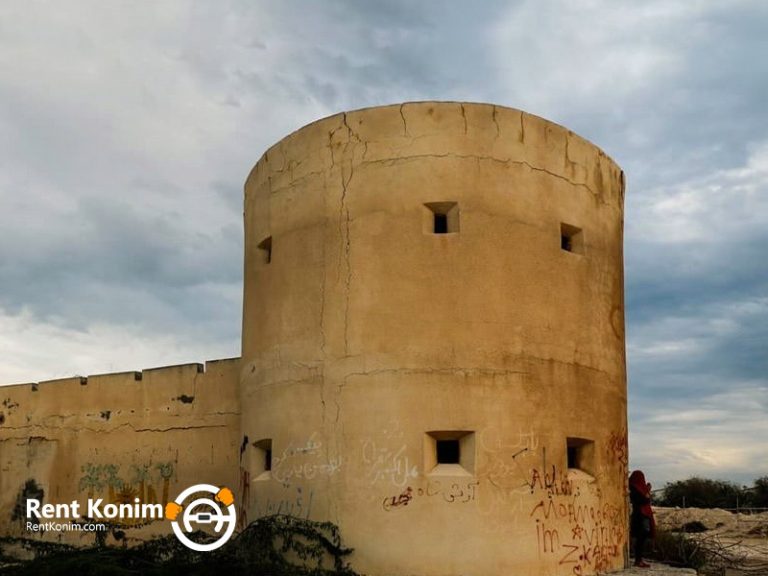
Hoya Forest, Romania
The Hoia Forest in Romania, often referred to as the “Bermuda Triangle” of the country, is a mysterious and intriguing locale near the city of Cluj-Napoca. Spanning approximately 3 square kilometers, this forest is famous for its reputation as one of the world’s most haunted forests, steeped in myths and paranormal stories.
Legends of the Hoia Forest date back over the centuries, with numerous accounts of bizarre phenomena including ghost sightings, unexplained apparitions, and eerie experiences reported by visitors. The most famous tale involves a shepherd who disappeared into the forest with a flock of two hundred sheep and was never seen again.
Scientifically, the forest is noted for its unusual vegetation; oddly shaped trees, and the inexplicably twisted and contorted forms of the forest’s flora give it an otherworldly appearance. Some of the trees are bent into strange, almost unnatural shapes, with no definitive scientific explanation as to why.
The Hoia Forest is also a popular destination for thrill-seekers and paranormal enthusiasts, drawn by its alleged supernatural activities. It includes a well-known clearing that is said to be a hub for paranormal activity, where visitors often report strong feelings of anxiety and unease. Despite—or perhaps because of—its spooky reputation, Hoia Forest attracts tourists, researchers, and paranormal investigators from around the world, all eager to explore its mysterious depths.
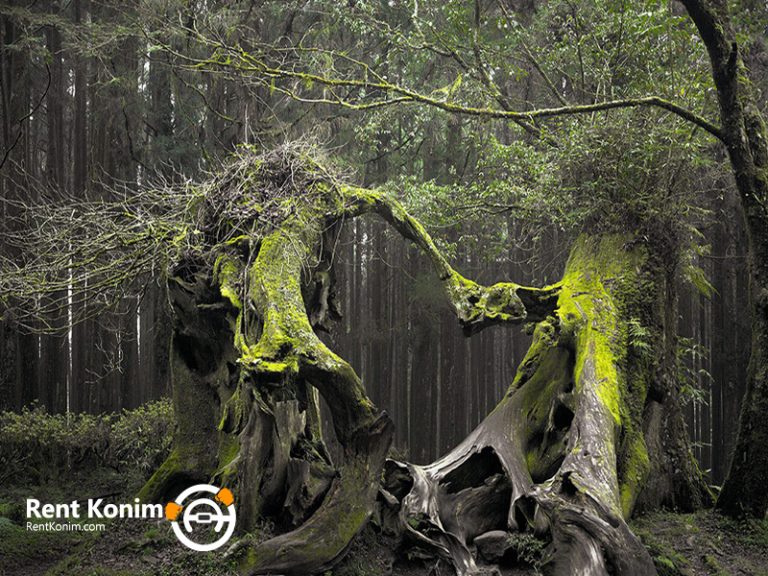
Blood Waterfall, Antarctica
Blood Falls is a striking natural phenomenon located at the Taylor Glacier in Antarctica. This eerie feature gets its name from the vivid red water that flows from the glacier, resembling blood spilling out onto the ice. Despite its macabre appearance, the coloration of the water is not due to any sinister reason but rather to the presence of iron oxide.
The source of Blood Falls is a subglacial pool of saltwater, trapped beneath the glacier for over one million years. This pool is rich in iron, which rusts upon contact with the air as the water escapes from the glacier, giving the waterfall its distinctive red color. The water is extremely salty, and it remains in a liquid state despite the freezing temperatures due to its high saline content.
This feature is not only a spectacular sight but also of significant scientific interest. Blood Falls contains microbes that thrive in extreme conditions, providing valuable insights into the ecosystem of Earth’s most remote and harsh environments. Studying these microbes helps scientists understand more about life’s adaptability and potential survival mechanisms on other planets.
Blood Falls serves as a natural time capsule, offering a glimpse into the geochemical and biological processes occurring in ancient, isolated water bodies. Its discovery has challenged our understanding of what environments can support life, making it a crucial point of interest for astrobiologists and geologists alike.
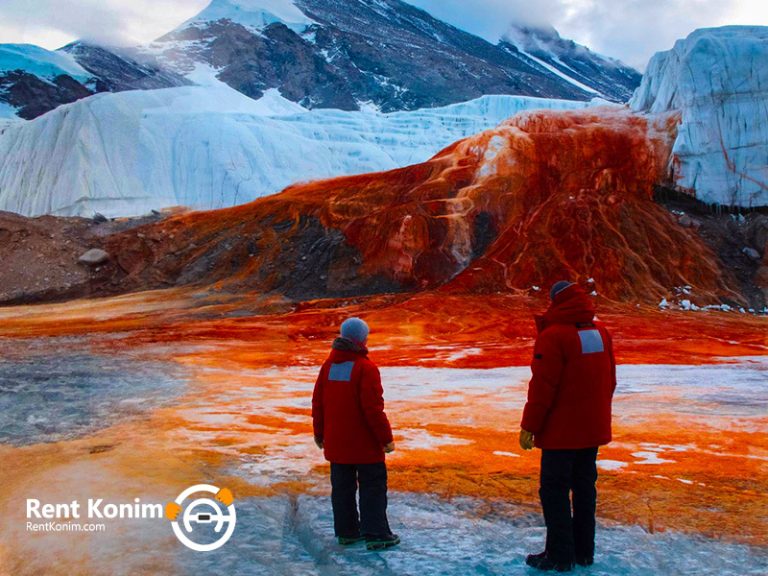
Andes Rainbow Mountains, Peru
The Rainbow Mountain, also known as Vinicunca, is a breathtaking natural wonder located in the Peruvian Andes. This mountain is famous for its stunning, vividly colored mineral layers that create stripes of various hues — turquoises, lavenders, golds, and reds — across its slopes, resembling a rainbow.
Situated in the Cusco Region of Peru, the Rainbow Mountain has gained significant attention and popularity among tourists in recent years. The colors of the mountain were relatively unknown until recent times, as the snow covering it only fully melted away a few decades ago, revealing the spectacular mineral formations beneath.
The colors of Rainbow Mountain are a result of weathering and mineralogical compositions over time. Iron oxide is responsible for the red color, while chlorite accounts for the green hues, and sulfurous compounds create the yellowish patches.
Reaching an elevation of about 5,200 meters (17,060 feet) above sea level, the trek to Rainbow Mountain is considered challenging due to the high altitude and steep paths. However, the journey offers remarkable views of the Andes and a unique cultural experience, as it passes through several traditional Quechua villages.
This natural phenomenon is not only a photographer’s dream but also an important site for local communities, which consider it a sacred entity. As a part of the larger Ausangate mountain region, this area is steeped in cultural and spiritual significance, further enhancing its allure to visitors from around the globe.
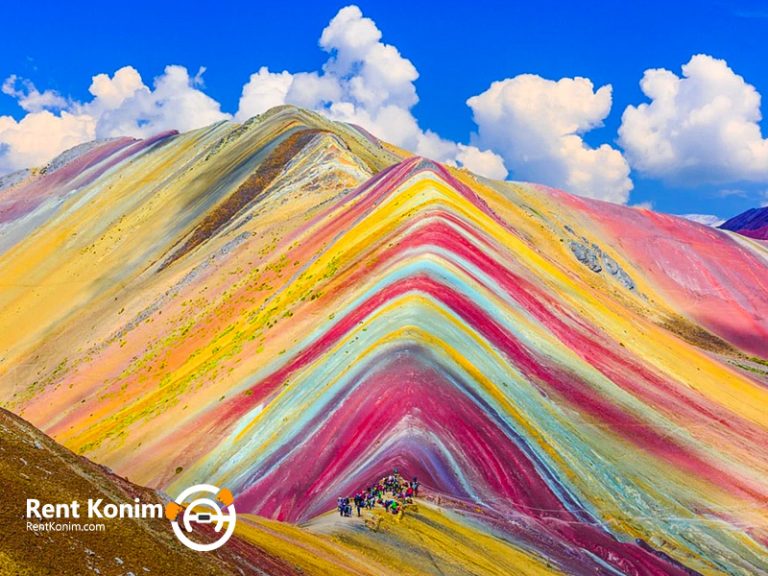
Spotted Lake, British Columbia, Canada
Spotted Lake, located near the town of Osoyoos in British Columbia, Canada, is a remarkable natural phenomenon that captivates visitors with its unique appearance. Known to the local Syilx people as Kliluk, the lake holds deep cultural and spiritual significance.
During the summer months, much of the water in the lake evaporates, revealing colorful mineral deposits in hundreds of small pools, or “spots”. These spots can range in color from blue and green to yellow and orange, depending on the mineral composition at each point. The predominant minerals found in the lake include magnesium sulfate, calcium, and sodium sulfate. It also contains high concentrations of eight other minerals and lower amounts of silver and titanium.
Spotted Lake has been revered by the indigenous people for its therapeutic properties. The minerals in the lake are believed to have healing qualities, and historically, the lake was used as a site for healing by the First Nations people of the Okanagan Valley.
The lake is located on private land, but it can be easily viewed from nearby roads. Many travelers stop to photograph this bizarre yet beautiful landscape, which appears almost otherworldly in its patterned appearance. Its ecological uniqueness and cultural importance make Spotted Lake a fascinating site for both educational and ecological tourism.
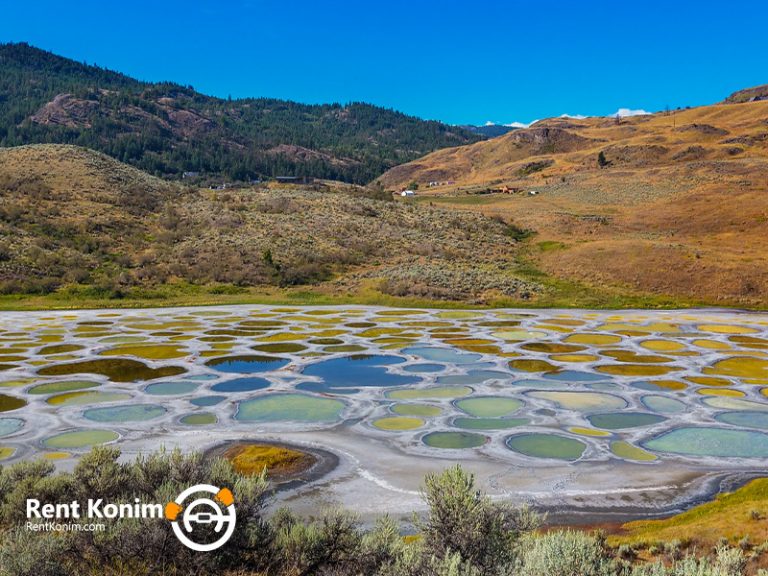
Whale Bone, Alaska
Whale Bone, Alaska, commonly refers to the Whale Bone Arch located in the small, remote village of Barrow (now known as Utqiagvik), the northernmost community in the United States. This iconic landmark is made from the massive jawbones of a bowhead whale, forming an arch that stands prominently against the stark Arctic landscape.
The Whale Bone Arch symbolizes the traditional subsistence lifestyle of the Inupiat people, who have hunted bowhead whales for centuries. This practice is not only a vital part of their diet but also an integral aspect of their cultural heritage, with deep respect for the whales and their role in the ecosystem.
Visitors to Utqiagvik can view the Whale Bone Arch along the coastline, where it provides a striking and memorable silhouette against the Arctic Ocean. It serves as a popular photo opportunity and a tangible connection to the region’s rich indigenous history and enduring traditions.
The arch is part of a larger cultural experience in Utqiagvik, where travelers can learn about Inupiat customs, participate in local festivals, and witness the unique lifestyle in one of the world’s most extreme environments.

Lake Hillier, Australia
Lake Hillier, located on Middle Island in Western Australia, is a remarkable saltwater lake renowned for its striking pink color. This unique hue is attributed to the presence of Dunaliella salina microalgae, which produce carotenoid pigments, particularly beta-carotene. These pigments, combined with the high salt concentration, give the lake its distinctive bubblegum-pink appearance.
Despite the lake’s high salinity, it is completely safe to swim in, offering a surreal and memorable experience for those who visit. The lake’s vibrant color remains constant year-round, making it a perpetual curiosity and a popular attraction for tourists.
The stark contrast between the pink water and the surrounding greenery and ocean makes Lake Hillier one of the world’s most unusual natural wonders. Its otherworldly beauty and the scientific intrigue behind its coloration contribute to its status as a must-see destination for travelers seeking the extraordinary.
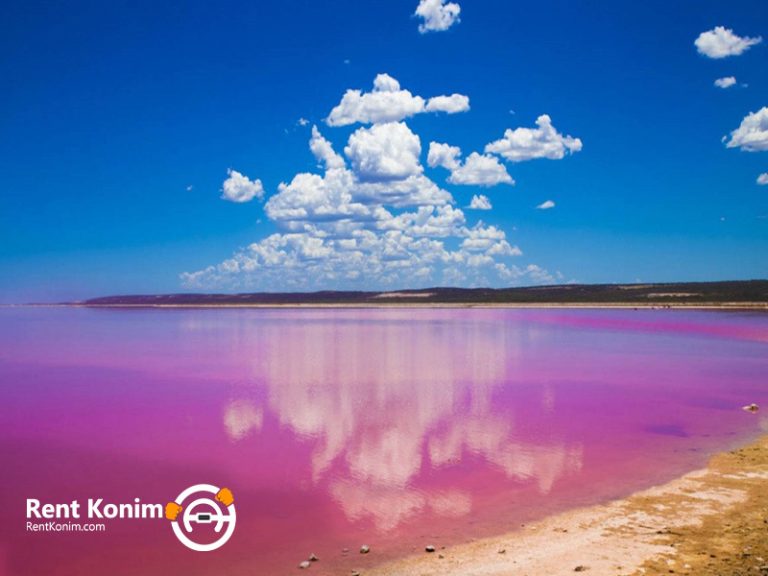
Thors Well, Oregon, USA
Thor’s Well, located along the coast of Oregon, USA, is a natural wonder that captivates visitors with its dramatic and seemingly endless water drainage. Also known as the “Drainpipe of the Pacific,” this natural sinkhole is situated on the edge of the basalt rock formation at Cape Perpetua.
Thor’s Well appears as a hole in the rock that powerfully sucks in seawater during high tides and then expels it with a mesmerizing force. This creates a spectacular and dynamic display, especially during stormy weather when waves crash into the opening with heightened intensity.
The best time to view Thor’s Well is an hour before high tide when the ocean’s surge is most impressive. Visitors are advised to exercise caution, as the area can be dangerous due to slippery rocks and powerful waves. Nonetheless, for those who venture close, Thor’s Well offers a breathtaking and unforgettable sight, making it one of Oregon’s most intriguing and visually stunning natural attractions.
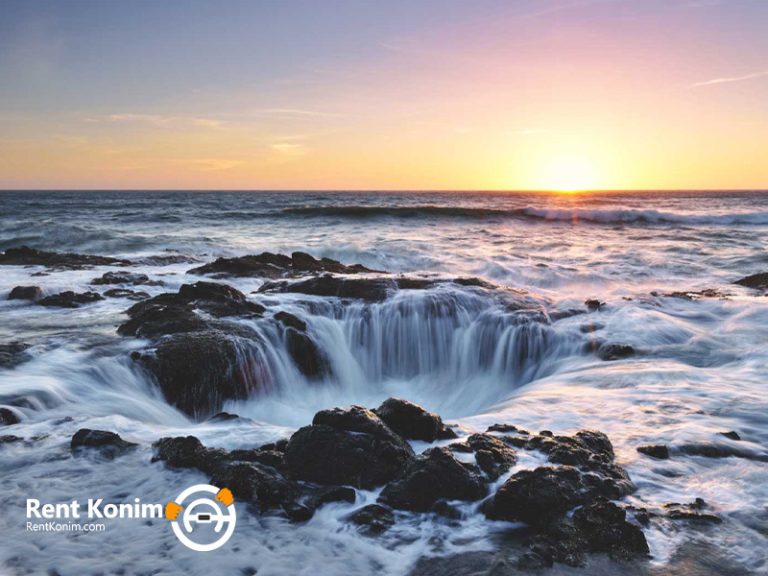
Church of the Bones, Portugal
The Church of the Bones, officially known as the Chapel of Bones (Capela dos Ossos), is a macabre yet fascinating site located in Évora, Portugal. This small, 16th-century chapel is part of the larger Church of St. Francis and is renowned for its interior walls and pillars, which are meticulously adorned with the bones and skulls of an estimated 5,000 monks.
The creation of the Chapel of Bones was intended to serve as a stark reminder of the transience of human life. Above the entrance, a haunting inscription reads, “Nós ossos que aqui estamos, pelos vossos esperamos,” which translates to “We bones that are here, await yours.”
The bones were exhumed from the town’s overcrowded cemeteries by a Franciscan monk who sought to encourage contemplation on mortality and the afterlife. Despite its eerie decoration, the chapel is a place of reverence and reflection.
Visitors to the Chapel of Bones can experience a unique and thought-provoking glimpse into 16th-century religious practices and beliefs. The chapel stands as a testament to the period’s artistic ingenuity and serves as a profound reminder of the impermanence of human existence.
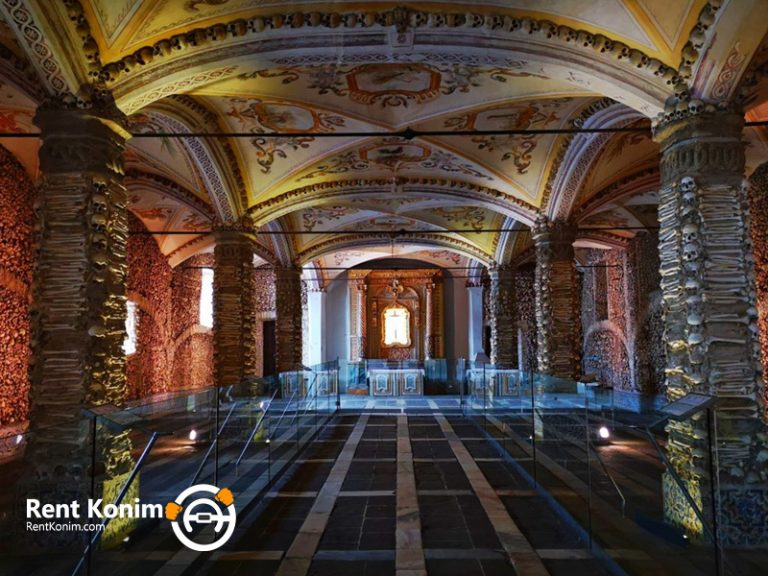
Last word
The strangest tourist places around the world offer travelers a chance to step beyond the ordinary and experience the extraordinary. From the eerie beauty of the Chapel of Bones in Portugal to the mesmerizing pink waters of Lake Hillier in Australia, these destinations captivate the imagination and challenge our perceptions of what is possible. Each site, with its unique story and distinct characteristics, invites visitors to explore the unusual and the unexpected. Whether it’s the haunting allure of Thor’s Well in Oregon or the mysterious charm of the Sefidchah Cemetery in Iran, these strange and wonderful places remind us of the diversity and wonder that our world has to offer. Embracing the strange not only broadens our horizons but also enriches our travel experiences, leaving us with unforgettable memories and a deeper appreciation for the planet’s many wonders.
